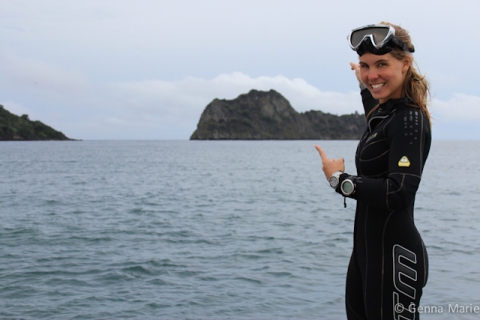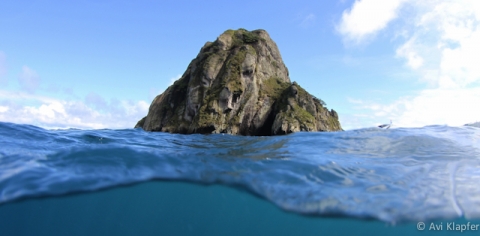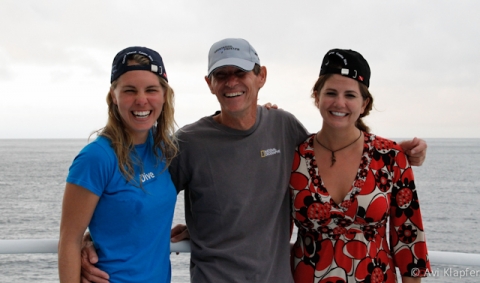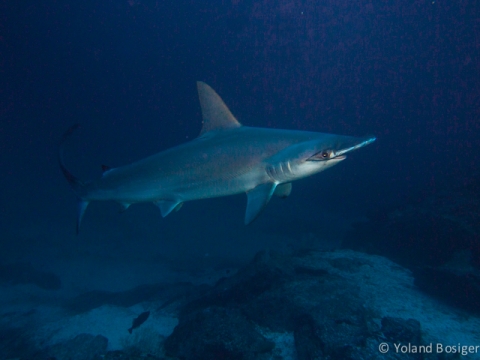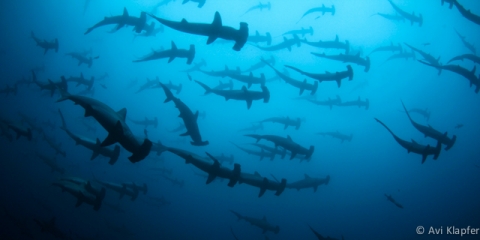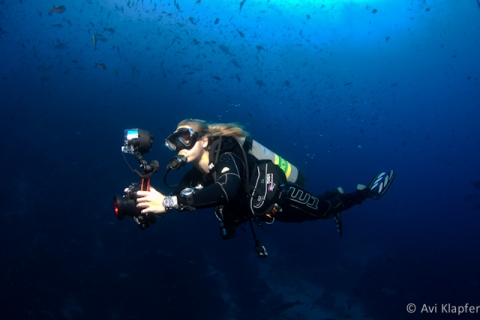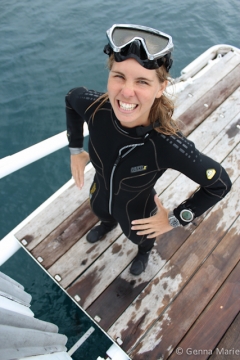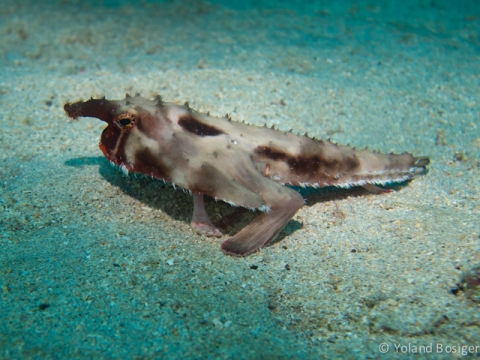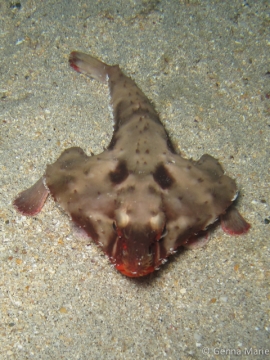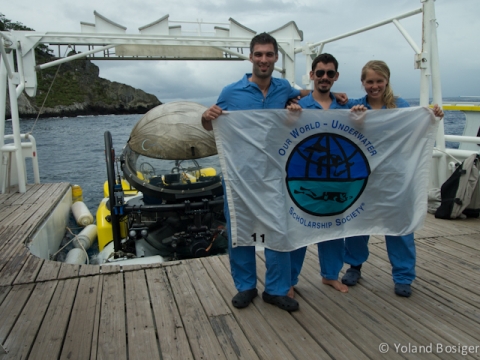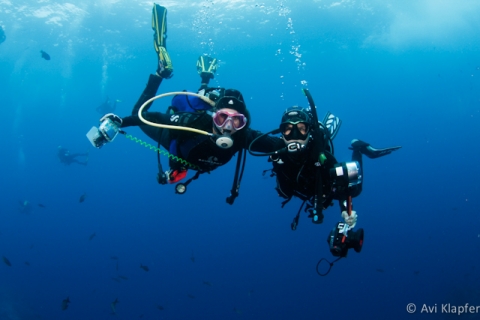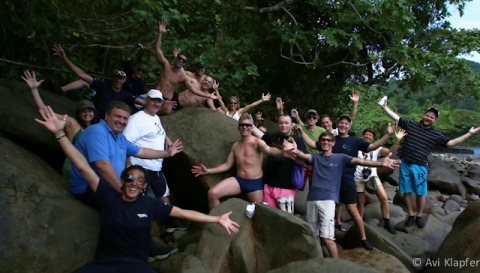I would like to start this blog by saying something that I know prior recipients, hosts, and committee members of the Our World – Underwater Scholarship Society already know. The Scholarship, which I have had the incredible privilege to receive this year, is one of the most unbelievable, remarkable and wild experience one could ever imagine. In one year you are offered the most unreachable and unthinkable opportunities. A true chance of a lifetime to develop your skills and discover your interests. If you are between the age of 21 and 26 and are interested in the underwater world, applications for the 2013/14 Australasian Scholarship are due on the 31st of January. I suggest you get your applications in ASAP. See these links: How and When, Apply.
One such incredible opportunity materialized for me early in the scholarship year and I had been looking forward to it ever since. During my undergraduate degree in Townsville Australia, if you had have asked me where in the world I would have liked to dive, it would have been Cocos Island.
Lying, 550 km (340 miles) south of Puntarenas, Costa Rica, and 630 km (394 miles) north-east of the Galapagos Islands off Ecuador, this volcanic sea-mount has got be one of the most unique, isolated and untamed places on earth. Thanks to the help of Jayne Jenkins, Anthea Ibell, and the generosity of the Undersea Hunter Group I was able join a 10-day trip to the Islands in late November.
I was so excited boarding Sea Hunter, meeting my fellow divers, the crew, and especially Avi Klapfer, the owner of the Undersea Hunter Group since 1990. Apart from the obvious motivation of “off-the-wall” diving, I was also interested in the Cocos Islands due to its colourful and heated marine conservation history.
In particular, by making the Undersea Hunter fleet available as a platform for film-makers (such as Howard and Michelle Hall and National Geographic) to shoot their documentaries, Avi has been actively exposing conservation issues at Cocos Island to the world. It is this public awareness that essentially plays a massive role in protecting Cocos Island and I thoroughly enjoyed listening to his stories.
We arrived at the Isla Del Coco at 1:00am after over 36 hrs of ocean crossing. Despite the time, I was wide-awake and ran to bow to catch a glimpse of the islands outline. As I looked over the guardrails and gazed into the dark I couldn’t help but imagine myself on a pirate boat, getting ready to bury my stash of gold and jewels. With no sovereign rule until 1832 (when it was claimed by Costa Rica), the Cocos islands was known to be one of the largest pirate strongholds in the region with evidence of this in engravings and treasure maps on the beach rock. Despite countless attempts (many of which Avi has been involved with), no jewels or valuables that we know of have ever been recovered. However, Cocos Island is full of natural treasure, you just have to be willing to get wet.
Several ocean currents converge at Cocos, transporting nutrient rich water from the deep to the shallow waters. This phenomenon attracts a high biomass of marine species, making the ocean adjacent to Cocos highly productive and a first class diving destination. Notably, even if you don’t plan on diving, this island receives such a high amount of rain (7m annually) that your chances of remaining dry are second to none. In fact, the island is so lush (with huge waterfalls frequently cascading into the water) that it was Hollywood’s choice for shooting many scenes out of Jurassic Park.
Of all the amazing marine species that you can observe here, Cocos is most highly regarded for pelagic visitors. Female scalloped hammerhead sharks come here in their hundreds to take advantage of the barberfish cleaning stations the Island has to offer. Hammerheads are so abundant here that you actually end up being completely overindulged – “ahhh not a hammerhead again… bring on the Galapagos sharks”.
While we were lucky to see big groups of hammerheads at Dirty Rock, the real treat came on the last day at the dive site Avalon. The wind had picked up by the end of the trip and with masks firmly on our faces we battled breaking waves and stinging spray to get to the dive site. I remember peering over at Avi who, with a wicked grin on his face assured us that this merciless weather was a good sign. We dropped down the line and there they were. Over 200 hammerheads were swimming slowly overhead and as soon as the school began to thin out the next school swam over. There was no time to take your eyes of the surface and I truly thought my arm (attached above my head to my Light and Motion video camera housing) was going to drop off. A sign of a pretty spectacular dive no doubt!
Shark Defenders: http://www.sharkdefenders.com/
Project Aware Petition: http://www.projectaware.org/project/shark-petition
Diving at Cocos is available to the open-water certified diver, however the conditions do require you to be on your toes. Currents can be strong and so well-experienced and knowledgeable dive instructors are crucial. Jaume (Jim) Pericas and Federico Pochet did a really fabulous job of making the most of every dive and accommodating a range of experience levels to ensure everyone had a fantastic time. My Waterproof W1 7 ml was also a perfect choice for the conditions – keeping me lovely and warm in the water while also allowing flexibility of movement in strong current scenarios.
Cocos supports Silvertip sharks, Silky Shark Galapogos Shark, Blacktip Shark, Tiger Shark and Whitetip Reef Sharks as well as aggregations of rays, snappers, tuna and jacks. Check out some of the pictures at Manuelita channel, Manuelita Outside and Dirty Rock.
An unexpected and highly rewarding experiences at Cocos was the night dives – in fact they completely blew my mind. Night dives on the sheltered side of Isla Manuelita provide an opportunity to see literally hundreds of white tip reef sharks that have adapted to feed via diver torch light.
Using a combination of eye sight, smell, and electro-reception these sharks frantically scan the bottom for reef fish that have been aroused by the commotion. I was filming these sharks using my Light and Motion Camera and Sola 1200 lights and while I had used the lights before, this was the first time I really got to take advantage of them and boy was I impressed.
These lights are small, lightweight and yet incredibly powerful with both spot and flood beam (with three levels of power in each). The flood beam has a wonderful colour temperature and has been brilliant for shooting my video while the spot light can be used to signal your buddy in the dark. It also has a sealed lithium battery making it very difficult to flood (you simply plug the charger it into the back of the light rather then unscrewing it each time). My video here is shot with the power on the two higher flood light settings (1200, 600 lumens) allowing me at least 130 min burn time).
There is also a high proportion of endemic species found at Cocos, a famous one being the Cocus Batfish. After finally finding one, I remember thinking that this is possibly the weirdest fish I have ever seen. Resembling something of a Queensland rocket frog with his make-up on, I can safely say that beauty is not something this animal was fortunate enough to inherit.
One of the most exciting parts of the trip was going down in the DeepSee Submersible to explore the deep sea around Cocos. During my 300 m decent, I was able to see deep sea jellynose fish that grow up to 2 m and many different types of deep water corals. Even today, we know so little about the bathypelagic zone, an area between 100-400m deep, and I am truly honoured to have been given the opportunity to explore it. See next blog for more details.
Throughout the entire trip the service on the Sea Hunter was impeccable. I can definitely say that I have never had the luxury of being on such a well-designed boat with such friendly and helpful crew. It was also awesome to have Genna Marie on the trip who writes for Landings Magazine, Costa Rica. Genna entertained everyone on the trip with her awesome poi skills and was a fantastic dive buddy and roomie.
After disembarking the vessel and saying goodbye to everyone, I had one last mission and that was to visit Randall Arauz at PRETOMA. Randall was incredibly inviting and fascinating to talk to. This is a guy who has dedicated the last 10 years of his life to bringing countless court cases, demonstrations, and international awareness to the plight of Costa Rican Sharks. Randall recently won the Goldman Environmental Prize for his efforts and I am completely honoured to have met him.

